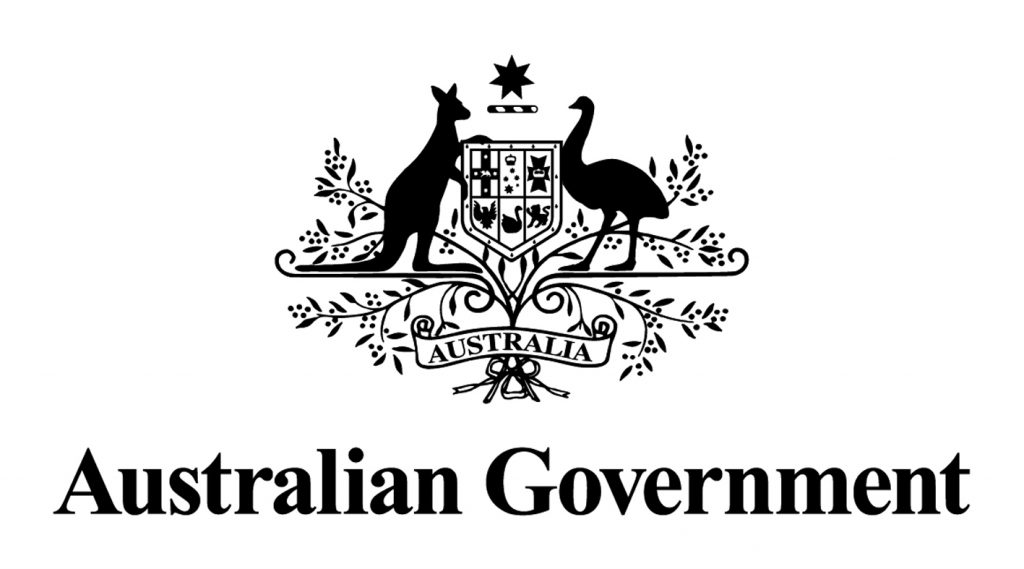The Australian Dental Industry Association (ADIA) has announced that it will be supporting Australia’s Therapeutic Goods Administration (TGA) to make regulatory changes in legislation for 3D printing in medicine.
The announcement comes just one month after the TGA’s initial proposal, and affirms a notion that the changes will help make customized healthcare safer for everyone.

Balancing safety and innovation
Troy Williams is Chief Executive Officer of ADIA. According to Williams, “Australia’s dental industry has proven itself to be an early adopter of 3D printed medical devices,” and this, in turn “has lead the TGA to engage extensively with ADIA.” A number of dental operations have been carried out throughout the nation using custom-made medical devices. Recently, in East Melbourne, one patient even had her jaw partially reconstructed using a 3D printed titanium implant.
As a fairly new and developing technology there are concerns that regulation could restrict the development of medical 3D printing, as in a recent proposal put forward (but rejected) in European Parliament. Instead, a clearer framework could in fact make it easier for manufacturers to bring devices to market. Williams assures,
“We have a shared objective of ensuring that new regulations do not unnecessarily constrain this evolving technology.”

A necessary update
The reason behind this call for action from the TGA is that current regulations are somewhat outdated, and include exemptions that incorrectly classify some devices made for high risk applications. Williams explains, “…the current medical device regulatory framework was developed in an era when 3D healthcare products – especially implantable medical devices – was not on the horizon of anyone,”
The changes will also ensure a number of protections, including those relating to liability, for example, “Dental laboratories producing large number of custom-made medical devices should continue to be considered as a ‘manufacturer’ for regulatory purposes.”
Williams continues, “In our engagement with the TGA the dental industry’s objective is to develop a regulatory framework for 3D printed medical devices that is based on a risk management approach designed to ensure public health and safety, while at the same time freeing industry from any unnecessary regulatory burden.”
Subscribe to the 3D Printing Industry newsletter, like us Facebook and follow us on Twitter for stories on 3D printing legislature, medicine and more.
Nominate medical innovation now in the 2018 3D Printing Industry Awards.
Featured image shows 3D printed teeth models. Photo via Formlabs


